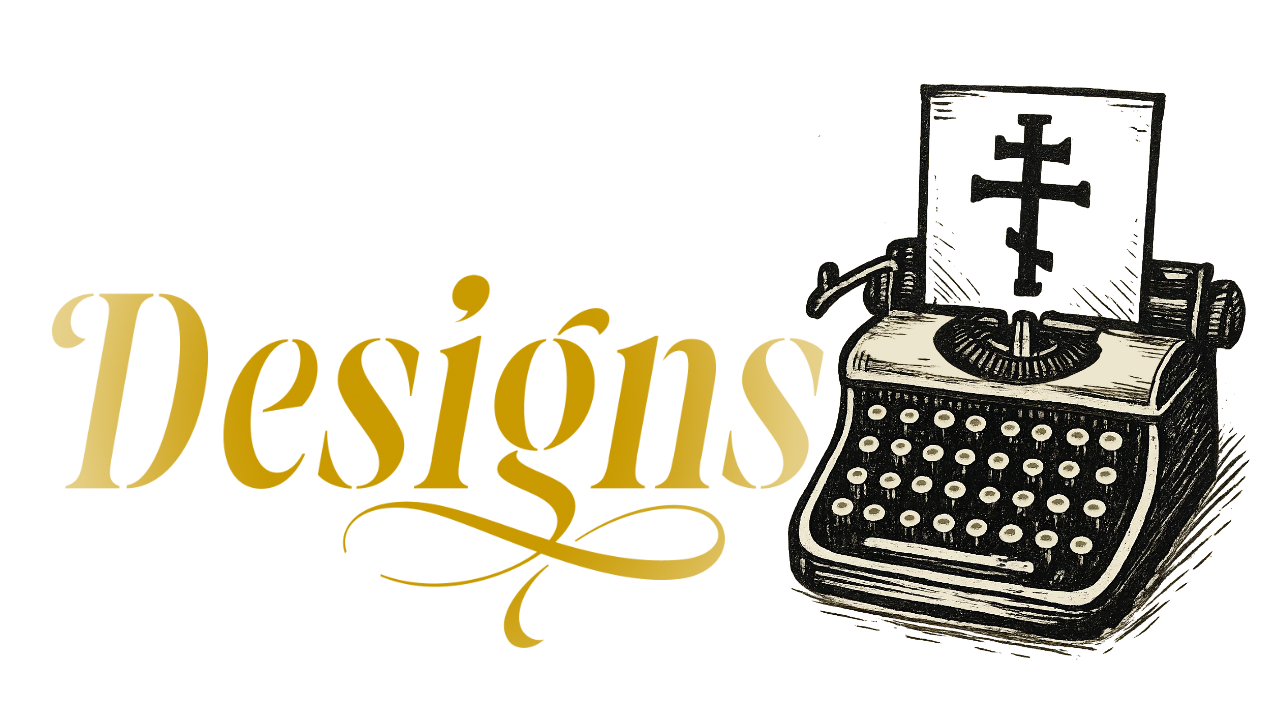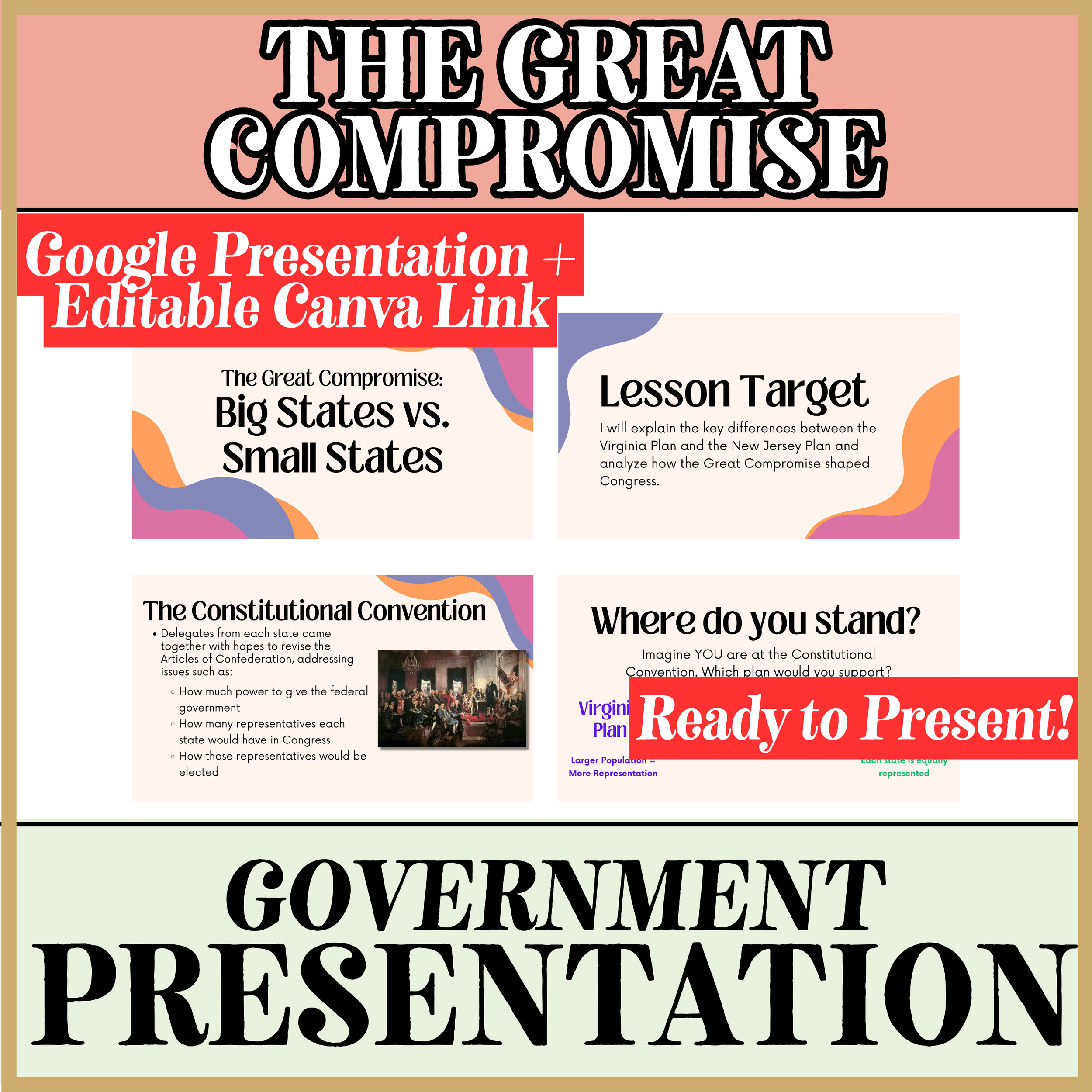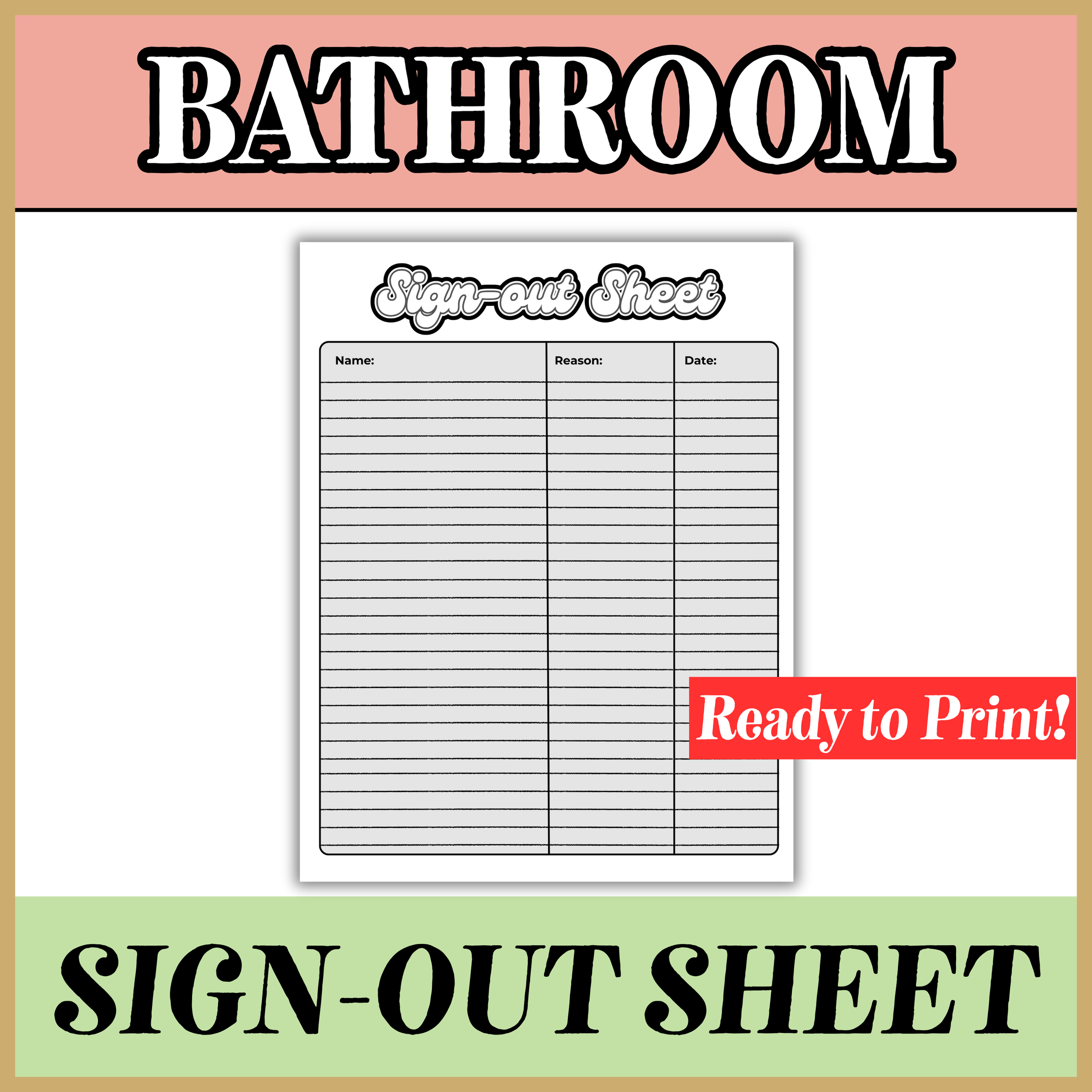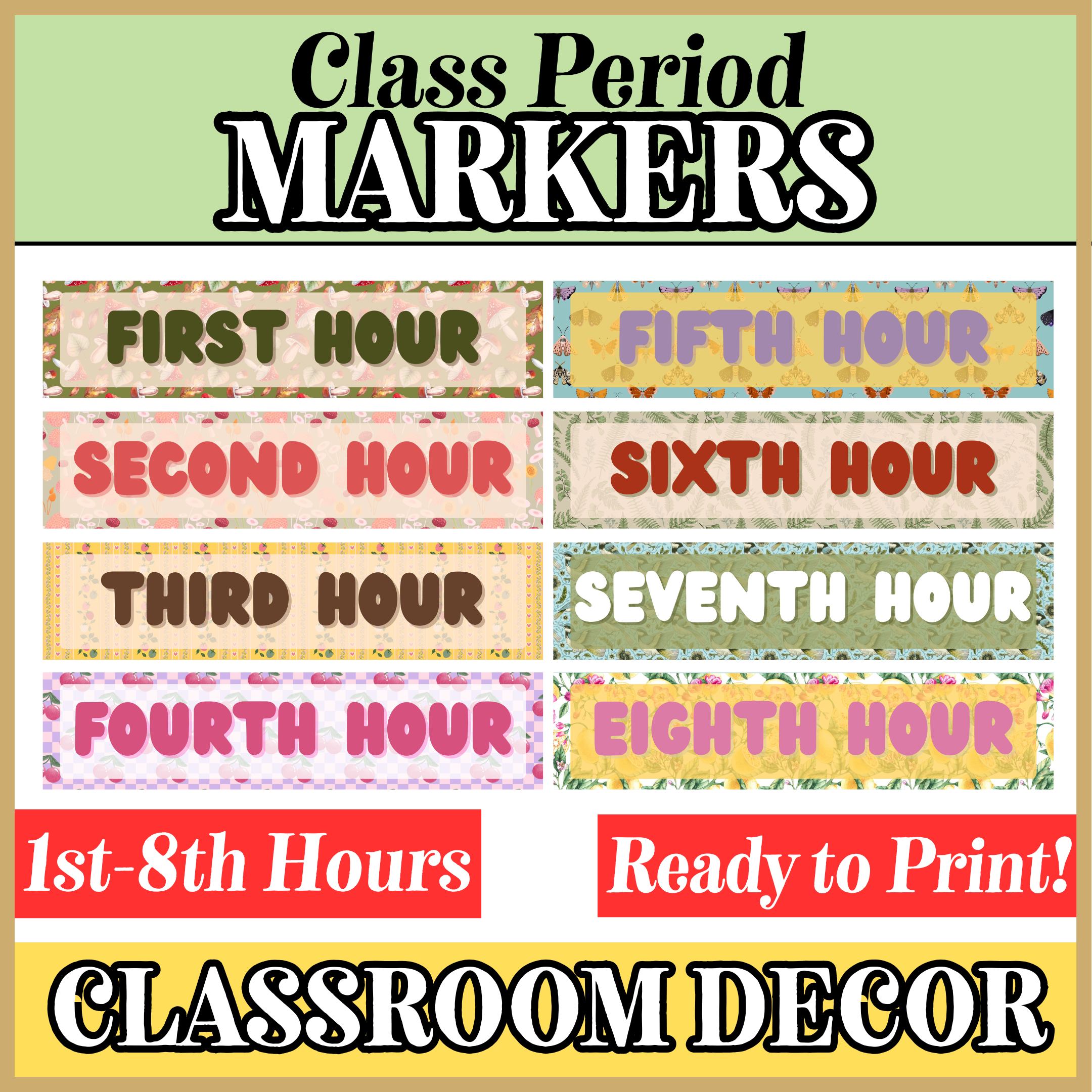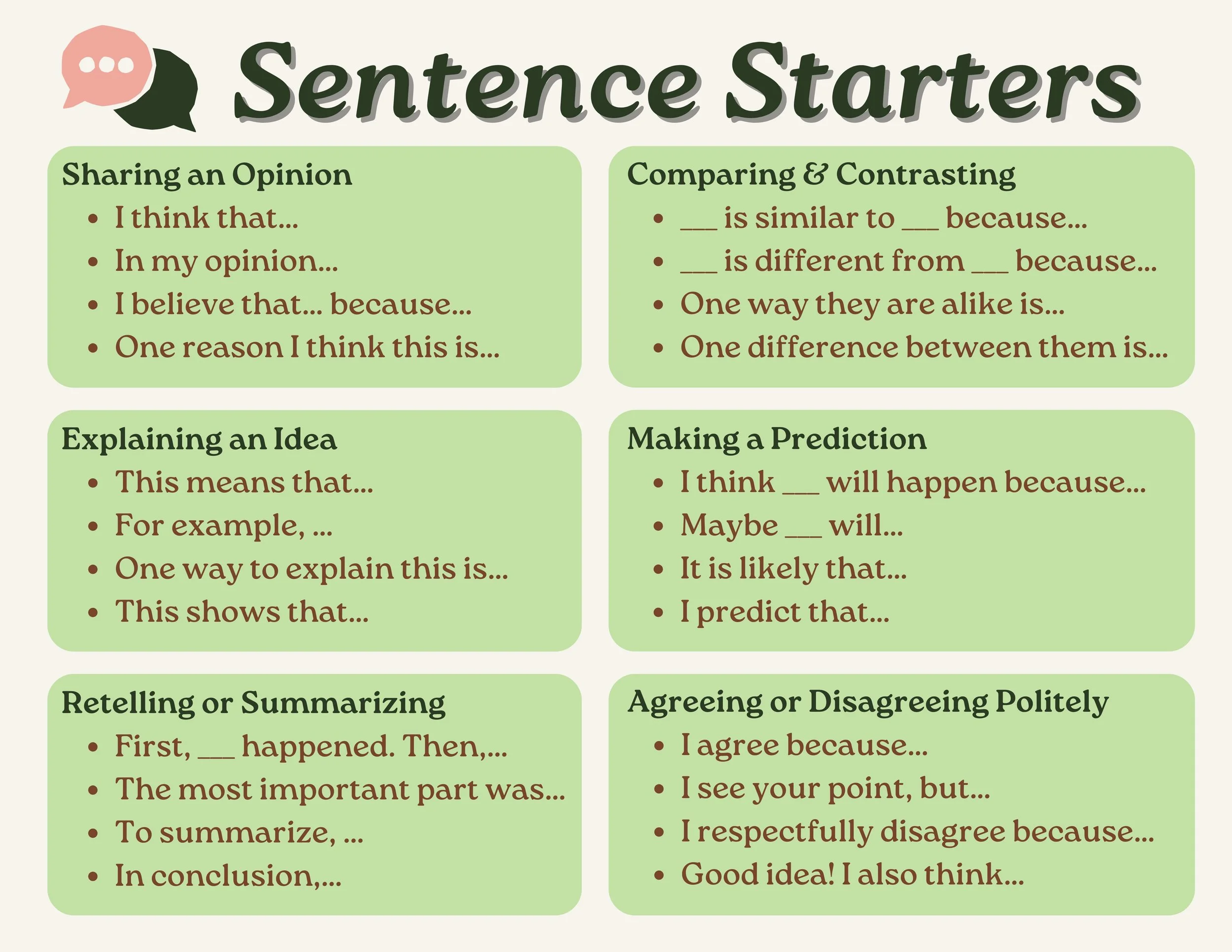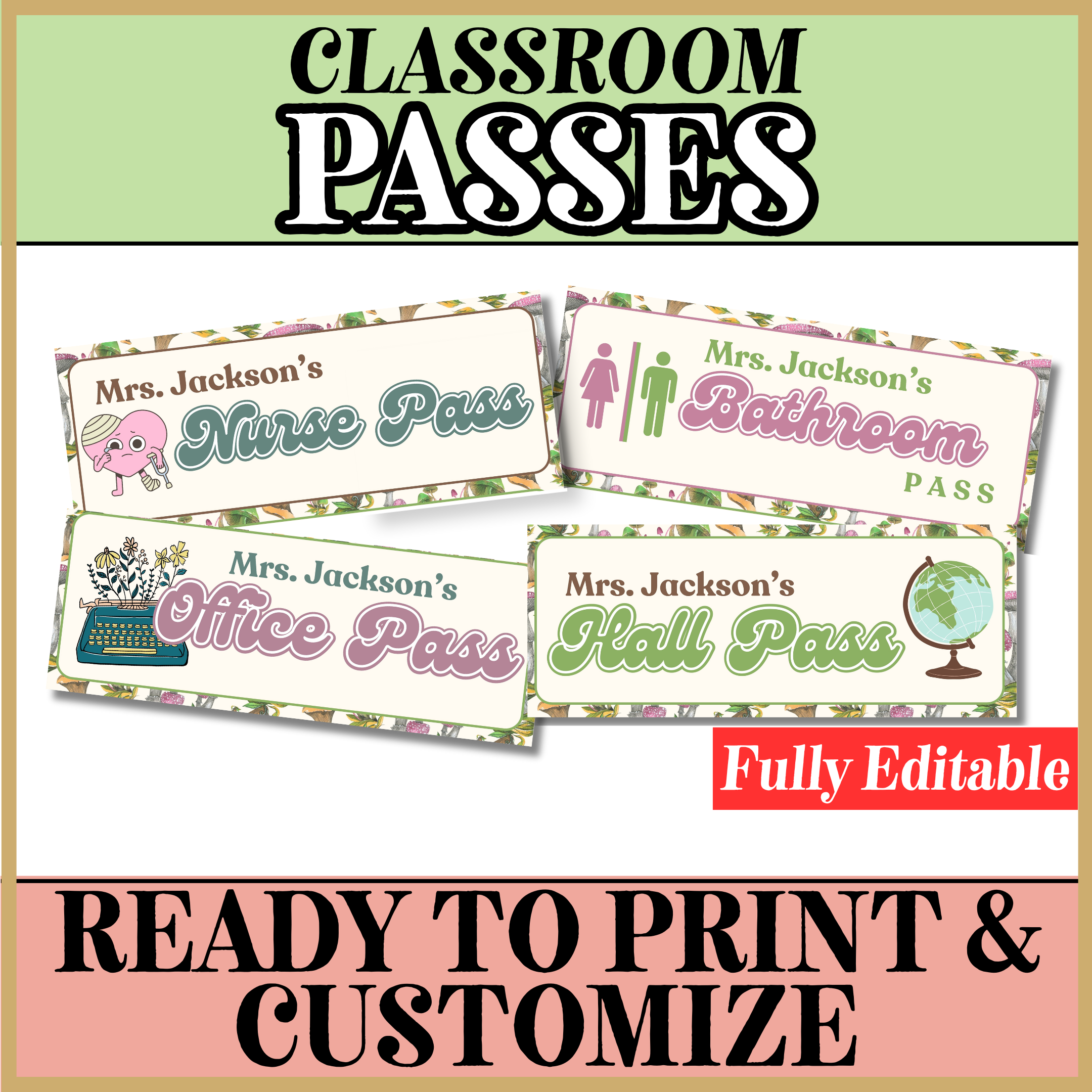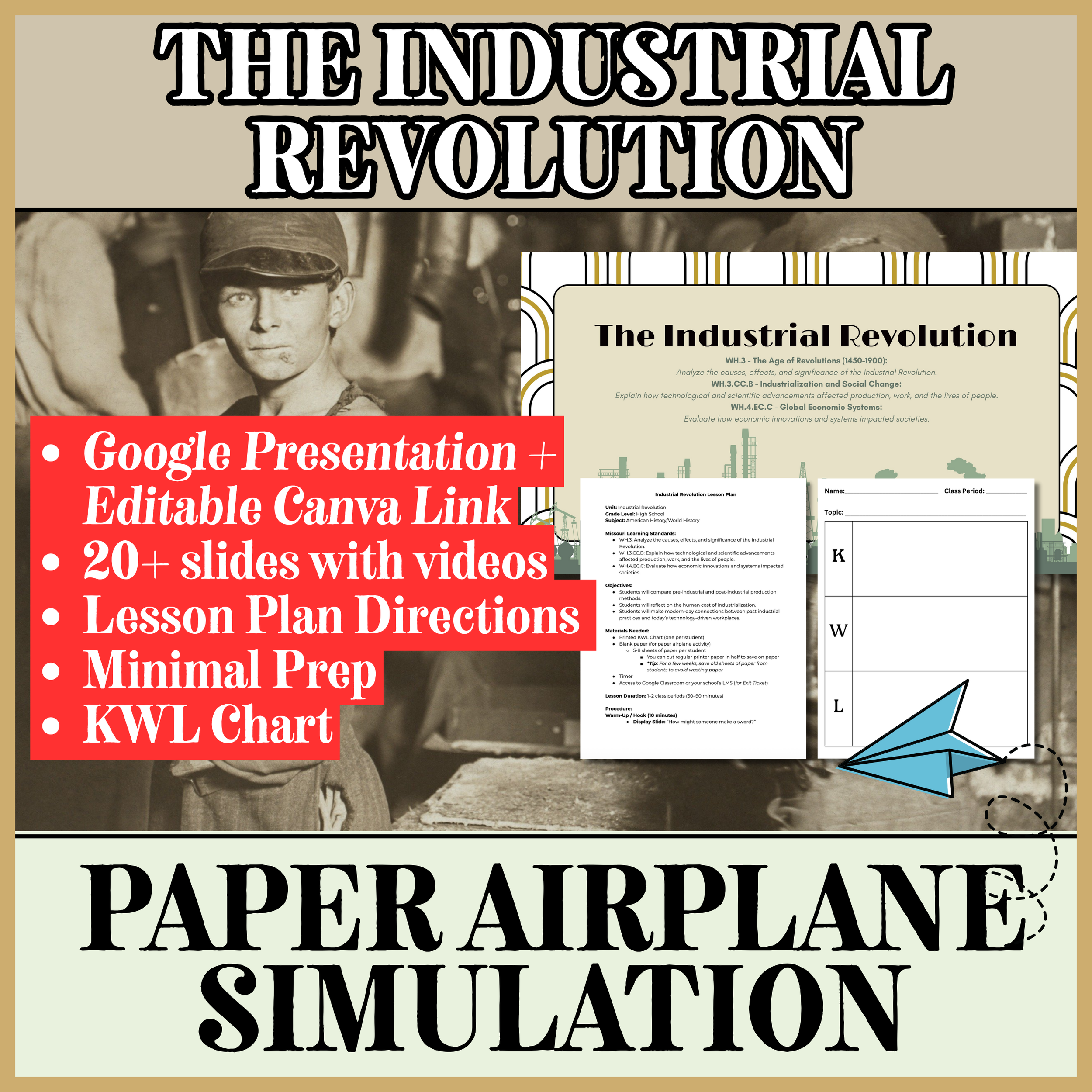 Image 1 of 1
Image 1 of 1


Industrial Revolution Factory Simulation – Interactive Mini-Lesson
Bring the Industrial Revolution to life with this engaging 50-60 minute classroom simulation that gets students thinking, moving, and making real-world connections! Perfect for high school U.S. or World History, this mini-lesson helps students experience the dramatic shift from hand production to assembly line work—while reflecting on the human cost of industrialization.
What’s Included:
Full Lesson Plan (Google Doc)
Google Slides Presentation for in-class instruction
Link to editable Canva version of the presentation (Canva Pro required)
Links to videos throughout presentation
Paper Airplane Simulation Visual Instructions
Printable KWL Chart
Built-in reflection questions and exit ticket (Actual Exit Ticket not included)
Standards-Aligned (Missouri Learning Standards):
WH.3: Analyze the causes, effects, and significance of the Industrial Revolution
WH.3.CC.B: Explain how advancements affected work and lives
WH.4.EC.C: Evaluate economic systems and their societal impacts
How to Use This Lesson:
Hook (5-10 mins): Begin with a discussion—How would someone make a sword by hand? This sets the stage for understanding pre-industrial production methods.
KWL Chart (10 mins): Have students reflect on what they Know and Want to know about the Industrial Revolution.
Simulation Activity (25–30 mins total):
Part 1: Students work solo to make paper airplanes (hand production).
Part 2: Students work in an assembly line to mass-produce paper airplanes.
Compare results and reflect on efficiency vs. experience.
Historical Connection (10–15 mins)
Modern Comparison: Tie in modern tech with Amazon warehouses—Are we in a modern Industrial Revolution?
Wrap-Up: Finish the KWL chart and complete the included Exit Ticket Questions (Actual Exit Ticket not included).
Why You’ll Love It:
Combines hands-on learning with historical thinking
Encourages movement, collaboration, and discussion
Builds critical connections between the past and present
Requires minimal prep and uses basic classroom materials
Product Format:
PDF & Google Slides
Editable Canva Link (for teachers who want to customize)
Includes printable KWL chart and step-by-step instructions
Terms of Use:
This resource is for personal or single-classroom use only. You may not upload, share, or resell the materials or templates. Please direct others to this listing to obtain their own copy.
Bring the Industrial Revolution to life with this engaging 50-60 minute classroom simulation that gets students thinking, moving, and making real-world connections! Perfect for high school U.S. or World History, this mini-lesson helps students experience the dramatic shift from hand production to assembly line work—while reflecting on the human cost of industrialization.
What’s Included:
Full Lesson Plan (Google Doc)
Google Slides Presentation for in-class instruction
Link to editable Canva version of the presentation (Canva Pro required)
Links to videos throughout presentation
Paper Airplane Simulation Visual Instructions
Printable KWL Chart
Built-in reflection questions and exit ticket (Actual Exit Ticket not included)
Standards-Aligned (Missouri Learning Standards):
WH.3: Analyze the causes, effects, and significance of the Industrial Revolution
WH.3.CC.B: Explain how advancements affected work and lives
WH.4.EC.C: Evaluate economic systems and their societal impacts
How to Use This Lesson:
Hook (5-10 mins): Begin with a discussion—How would someone make a sword by hand? This sets the stage for understanding pre-industrial production methods.
KWL Chart (10 mins): Have students reflect on what they Know and Want to know about the Industrial Revolution.
Simulation Activity (25–30 mins total):
Part 1: Students work solo to make paper airplanes (hand production).
Part 2: Students work in an assembly line to mass-produce paper airplanes.
Compare results and reflect on efficiency vs. experience.
Historical Connection (10–15 mins)
Modern Comparison: Tie in modern tech with Amazon warehouses—Are we in a modern Industrial Revolution?
Wrap-Up: Finish the KWL chart and complete the included Exit Ticket Questions (Actual Exit Ticket not included).
Why You’ll Love It:
Combines hands-on learning with historical thinking
Encourages movement, collaboration, and discussion
Builds critical connections between the past and present
Requires minimal prep and uses basic classroom materials
Product Format:
PDF & Google Slides
Editable Canva Link (for teachers who want to customize)
Includes printable KWL chart and step-by-step instructions
Terms of Use:
This resource is for personal or single-classroom use only. You may not upload, share, or resell the materials or templates. Please direct others to this listing to obtain their own copy.
